
Let’s continue our annual offseason data dive in the ramp up to the 2025 FTN Football Almanac. (Pre-sale available right here!) Last week, we took a look at pressure’s effect on quarterback stats. This week, we flip it to the other side of the ball and look at defensive performances tied to pressure.
2024’s defensive pressure numbers call to mind one of the great metaphysical thought experiments – if a tree falls in a forest, and no one is around to hear it, does it make a sound? We can develop a variation on that question as we look at our big table – if a defense gets pressure, yet is shredded anyways, was anyone actually pressured? It’s a good thing we have the Cleveland Browns around to help us get to the bottom of these thought experiments.


Most Pressure, Least Success: Browns
Cleveland only had one individual defender in the top 100 in pressures – Myles Garrett. But it turns out that Garrett plus whoever else you happen to scrape up equals a productive pass rush, so it’s probably a good thing that Cleveland handed him a massive four-year extension this offseason.
But, perhaps surprisingly, Cleveland led the league in pressure rate in 2024. And not by a little, either – they managed pressure on a whopping 41.3% of pass plays last season.
That’s high – very, very high. It’s the highest we’ve seen since shifting to the charting here at FTN and high enough that I triple checked that we hadn’t mis-entered a number or otherwise had a problem in the data. But no, Cleveland routinely and regularly managed to get in the backfield and harass opposing quarterbacks. My initial hunch was that we’d see some sort of pre- and post-Za’Darius Smith split, as he was the best pass rusher other than Garrett that Cleveland had, but that’s not really the case, either. The Browns had a 41.7% pressure rate in Weeks 1-9, with Smith in town, and 41.0% afterwards. They had at least a 26.9% pressure rate in every game, so their worst day (against the Eagles) was better than the average for the worst six teams. Their Week 2 game against Jacksonville saw them getting pressure 60% of the time, the second-highest individual rate of the season, and they were one of the rare teams to have two separate games with at least a 50% pressure rate.
And even though Garrett was the only individual Brown to rack up huge quarterback pressure numbers, it’s not like no one else on the team was doing anything. Cleveland still had a 34.4% pressure rate on plays where Garrett did not get pressure, which would have ranked in the top eight by itself. Yes, a significant amount of those pressures came because offensive lines were shifting their protections specifically to stop Garrett, but the ability of a Smith or an Isaiah McGuire or a Jeremiah Owusu-Koramoah to take advantage of that attention is a critical part of maximizing the effect of having a great pass rusher. It was a long season in Cleveland, but their pass rush was at least something they could hang their hat on.
But was it effective? Yes and no.
Getting pressure is just one part of the equation. Turning that pressure into positive plays is the name of the game, and Cleveland struggled there. Their -31.9% DVOA with pressure was the worst in the league. They had the lowest sack rate when getting pressure at 15.5% and forced the fewest checkdowns at 5.9%. They were tied with Kansas City giving up a league-worst 18 pass plays of at least 20 yards. Because the pressure couldn’t get home, Cleveland was getting picked apart on the back end – they allowed 7.2 yards per play when they got pressure but not a sack. Only the Commanders had a worse DVOA on non-sack pressures, but Cleveland had so much more than Washington that they finish comfortably in last place.
It’s not really fair to put all that blame on the pass rush, however. While it certainly would have helped if more of those pressures had become sacks, Cleveland’s pass defense was getting picked apart whether the Browns got pressure or not – it was a secondary problem, not a pass rush problem, that was killing Cleveland. It was a race to see whether pressure could get home before someone in the secondary blew a coverage, and that was about a 50/50 shot in 2024. Cleveland’s defensive DVOA improved by 79.4% when they got pressure, but that’s in the lower quartile of the league. They were a bad pass defense, whether they got pressure or not. It’s a little surprising that Cleveland didn’t draft any secondary help after Denzel Ward, Greg Newsome II and Martin Emerson Jr. all had down years in 2024. Bounceback seasons in the secondary should help make the pass rush more effective, though it would be nice of someone other than Garrett could wrap things up with a sack at some point.
The following table highlights pressure numbers for all team defenses, ranked from highest pressure rate (Cleveland Browns, 41.3%) to lowest pressure rate (Carolina Panthers, 22.7%). Stats come from FTN Data charting, with these numbers all available on the FTN StatsHub.








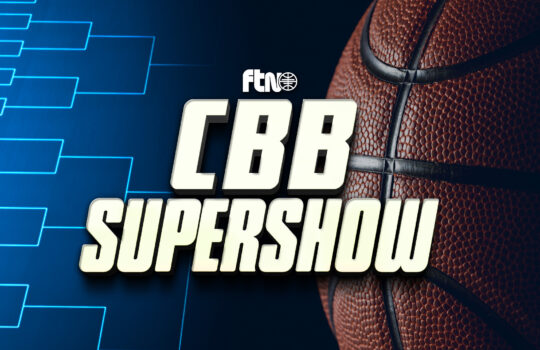













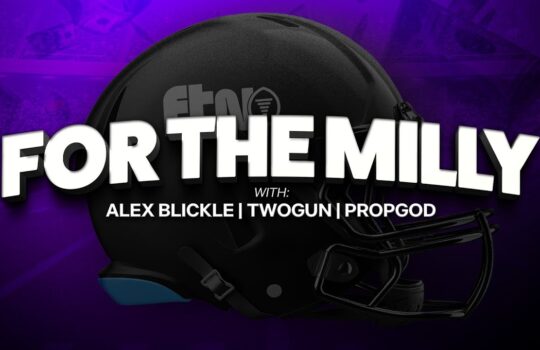






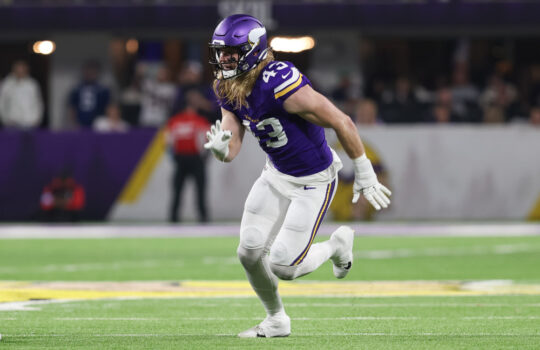



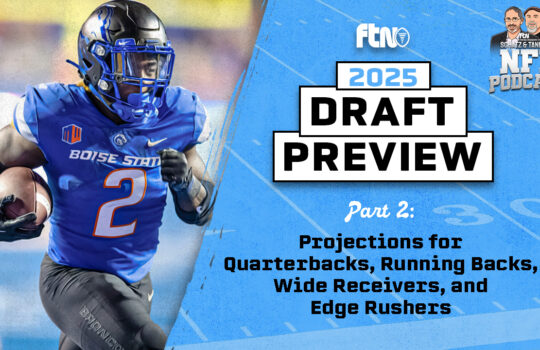

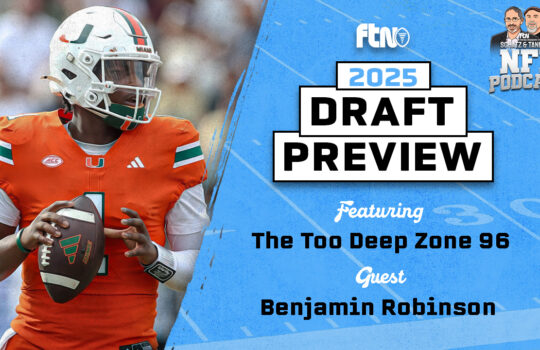
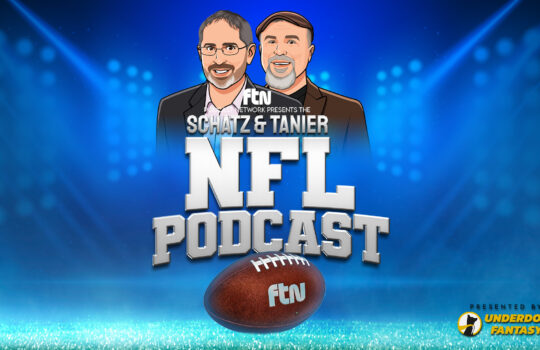




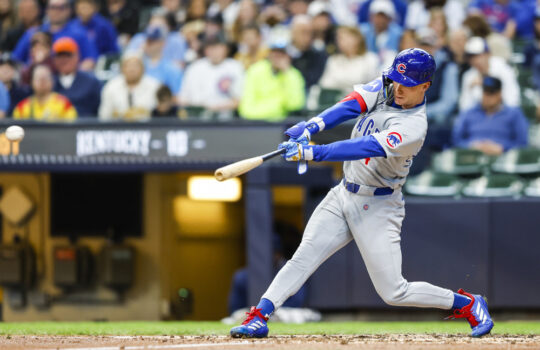



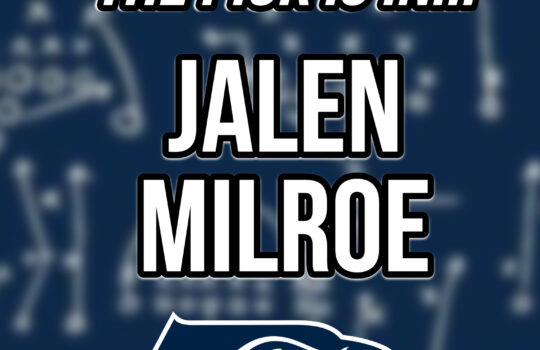

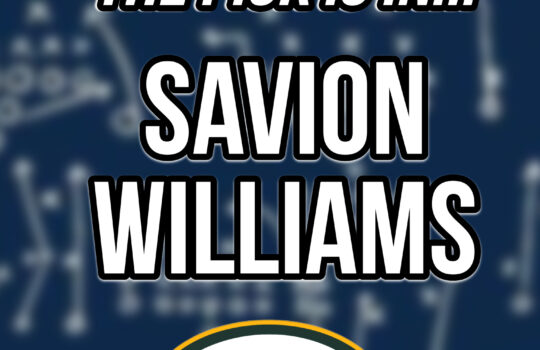
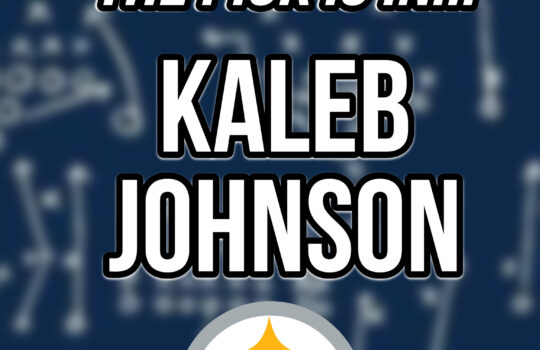

 New York Jets
New York Jets  New England Patriots
New England Patriots 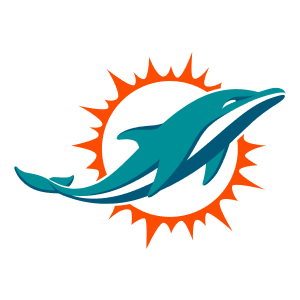 Miami Dolphins
Miami Dolphins  Buffalo Bills
Buffalo Bills  Pittsburgh Steelers
Pittsburgh Steelers  Cleveland Browns
Cleveland Browns  Cincinnati Bengals
Cincinnati Bengals  Baltimore Ravens
Baltimore Ravens 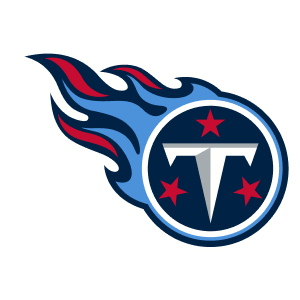 Tennessee Titans
Tennessee Titans  Jacksonville Jaguars
Jacksonville Jaguars  Indianapolis Colts
Indianapolis Colts  Houston Texans
Houston Texans  Las Vegas Raiders
Las Vegas Raiders  Los Angeles Chargers
Los Angeles Chargers  Kansas City Chiefs
Kansas City Chiefs  Denver Broncos
Denver Broncos  Washington Commanders
Washington Commanders  Philadelphia Eagles
Philadelphia Eagles  New York Giants
New York Giants  Dallas Cowboys
Dallas Cowboys  Minnesota Vikings
Minnesota Vikings  Green Bay Packers
Green Bay Packers 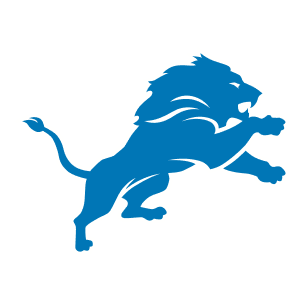 Detroit Lions
Detroit Lions  Chicago Bears
Chicago Bears  Tampa Bay Buccaneers
Tampa Bay Buccaneers  New Orleans Saints
New Orleans Saints  Carolina Panthers
Carolina Panthers 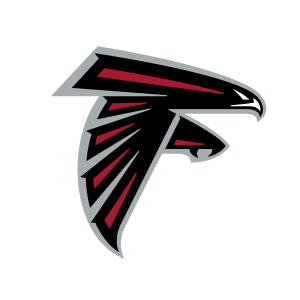 Atlanta Falcons
Atlanta Falcons  San Francisco 49ers
San Francisco 49ers  Seattle Seahawks
Seattle Seahawks  Los Angeles Rams
Los Angeles Rams  Arizona Cardinals
Arizona Cardinals 
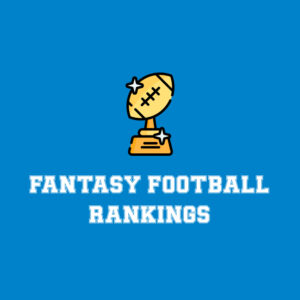
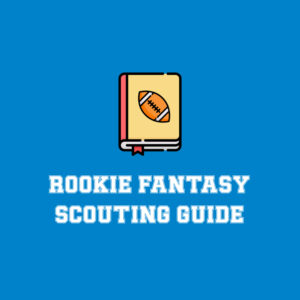






 Boston Celtics
Boston Celtics  Brooklyn Nets
Brooklyn Nets  Philadelphia 76ers
Philadelphia 76ers  New York Knicks
New York Knicks  Toronto Raptors
Toronto Raptors  Chicago Bulls
Chicago Bulls  Detroit Pistons
Detroit Pistons  Milwaukee Bucks
Milwaukee Bucks  Cleveland Cavaliers
Cleveland Cavaliers  Indiana Pacers
Indiana Pacers  Orlando Magic
Orlando Magic  Atlanta Hawks
Atlanta Hawks  Charlotte Hornets
Charlotte Hornets  Miami Heat
Miami Heat  Washington Wizards
Washington Wizards  Denver Nuggets
Denver Nuggets  Minnesota Timberwolves
Minnesota Timberwolves  Oklahoma City Thunder
Oklahoma City Thunder  Portland Trail Blazers
Portland Trail Blazers  Utah Jazz
Utah Jazz  LA Clippers
LA Clippers  Golden State Warriors
Golden State Warriors  Los Angeles Lakers
Los Angeles Lakers  Phoenix Suns
Phoenix Suns  Sacramento Kings
Sacramento Kings  Dallas Mavericks
Dallas Mavericks  Houston Rockets
Houston Rockets  Memphis Grizzlies
Memphis Grizzlies  New Orleans Pelicans
New Orleans Pelicans  San Antonio Spurs
San Antonio Spurs 










